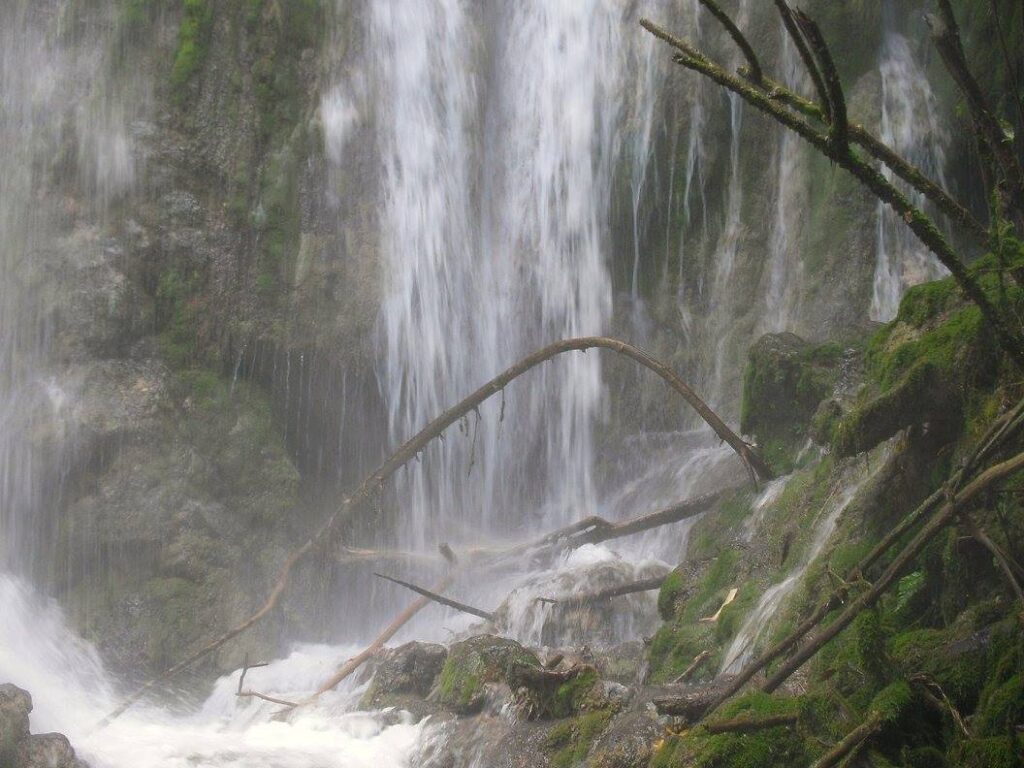Protected Magazine
Preserving Paradise: The Vital Importance of QLD National Parks
Nestled within the diverse landscapes of Queensland, Australia, lies a network of national parks that stand as guardians of natural beauty and biodiversity. These protected areas play a pivotal role in preserving the state’s unique ecosystems, ensuring the survival of countless plant and animal species. Spanning vast areas of pristine wilderness, these protected areas serve as havens for biodiversity, opportunities for recreation, and vital contributors to the economy. In this article, we delve into the significance of Queensland’s national parks, highlighting their role in conservation, tourism, and the well-being of both the environment and local communities.
Guardians of Biodiversity
Queensland’s national parks are essential guardians of biodiversity, harbouring a remarkable range of plant and animal species. These protected areas provide a safe haven for unique and endangered wildlife, enabling them to thrive and maintain balanced ecosystems. From the lush rainforests of Daintree National Park to the vibrant coral reefs of the Great Barrier Reef Marine Park, these parks represent critical habitat for countless species, many of which are found nowhere else on Earth. By safeguarding critical habitats, the parks maintain the delicate balance of ecosystems, ensuring the survival of both iconic and lesser-known species. The protection of Queensland’s diverse flora and fauna within these national parks is essential for maintaining the health of the environment on a regional and global scale.
Ecotourism and Recreation
Beyond their ecological significance, Queensland’s national parks play a pivotal role in outdoor recreation. Visitors from around the world flock to these protected areas, seeking opportunities for hiking, wildlife observation, camping, and adventure sports. The parks’ diverse landscapes, including towering mountains, cascading waterfalls, and sprawling savannahs, offer an array of experiences for nature enthusiasts and adventure seekers alike. Sustainable tourism practices within the parks ensure that recreational activities leave minimal impact on the environment, allowing visitors to appreciate the natural wonders while preserving them for future generations. By engaging with these natural wonders, visitors develop a deeper appreciation for the environment, fostering a sense of stewardship.
Climate Change Resilience
As the impacts of climate change intensify, the conservation value of Queensland’s national parks becomes even more evident. These protected areas act as climate change refuges, providing a buffer against rising temperatures and habitat destruction. Preserving intact ecosystems within national parks helps maintain natural processes such as carbon sequestration and water filtration, essential for mitigating climate change. Moreover, the parks serve as living laboratories, allowing scientists to study and better understand the effects of climate change on different ecosystems, aiding in the development of adaptation strategies.
Cultural and Indigenous Heritage
Queensland’s national parks are not just repositories of natural wonders but also bearers of cultural and Indigenous heritage. These lands hold significant cultural value for Indigenous communities, carrying stories, traditions, and spiritual connections that have shaped their identities for millennia. The parks provide a platform for cultural expression, sharing ancient knowledge, and promoting reconciliation between Indigenous and non-Indigenous Australians. Recognising and respecting the cultural importance of national parks strengthens the bond between people and nature, fostering a shared commitment to conservation.
Environmental Education and Research
Queensland’s national parks serve as living classrooms, offering invaluable educational opportunities for visitors of all ages. The parks provide a platform for learning about the region’s unique ecosystems, geology, and cultural heritage. Interpretive signage, guided tours, and educational programs facilitate a deeper understanding of the natural world, promoting environmental stewardship. Moreover, these protected areas support vital scientific research, enabling scientists to study and monitor ecosystem dynamics, climate change impacts, and the effects of human activities. The knowledge gained from these studies contributes to evidence-based conservation strategies and sustainable management practices.
Economic Benefits
The economic benefits derived from Queensland’s national parks cannot be overlooked. Tourism generated by these protected areas contributes significantly to the local and state economies. Visitors spend on nearby accommodations, dining, transportation, and recreational activities, stimulating business growth and creating employment opportunities for local communities.
Conclusion
Queensland’s national parks are a treasure trove of natural wonders, safeguarding biodiversity, promoting ecotourism, aiding in climate change resilience, and preserving cultural heritage. These protected areas serve as living showcases of the beauty and importance of our natural world.


